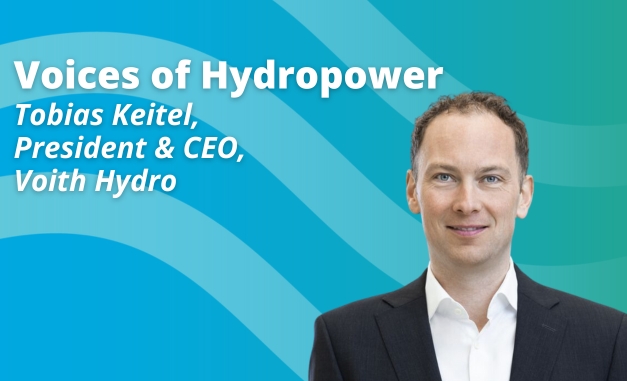Making hydropower projects bankable
The shift in how hydropower is being developed is marked. The movement from significant projects being developed by large, state-owned organisations concentrating on national projects to international competition and shifting financing and contracting arrangements, including EPC and BOT arrangements, has meant that developers and contractors are increasingly international in their reach.
This represents considerable opportunities for both developers and financiers to grow sources of revenue. At the same time, internationalisation opens financiers and developers to new, often unanticipated risks. These risks are often significantly different to those which developers have faced at home, whether political or market issues or the associated social and environmental challenges.
Often, host countries have significantly different regulations, and given the reality of where projects are now being developed, weaker or even non-existent regulatory frameworks around the social and environmental aspects of project development.
In the context of these energy challenges and the realities of One Belt, One Road policy in China, which will see further Chinese involvement in international projects, the International Hydropower Association (IHA) co-hosted a workshop in Beijing, Manaing Risk in International Hydropower Finance in March 2016.
An international protocol to assess sustainability

Working together, representatives from the hydropower industry, developing and developed countries, civil society and the finance sector (both public and private banks), have designed a tool to assess and improve performance in the sector: the Hydropower Sustainability Assessment Protocol. This tool seeks to bridge the gap between investors and hydropower project managers by assessing hydropower projects for good practice and identifying potential gaps.
As a formal assessment process with accredited assessors at each stage, it works for projects at any stage of development and of any size. To date, the protocol has been used for projects from 3 to 14,000 MW, a testament to its flexibility.
An increasing number of organisations are using the protocol to manage risk, and IHA is helping to disseminate information about its use and benefits. The recent workshop in Beijing presented our experiences and feedback to the Chinese finance and hydropower communities.
In partnership with the China Banking Association, the Nature Conservancy and the China Society for Hydropower Engineering, the workshop was held on 29 March and welcomed around 100 professionals from the financial and project development fields. The workshop explored the increasing role of the protocol in mitigating social and environmental risk.
Key global developments
Over the past few years, we have been speaking about the protocol with industry figures across all continents, regional and international banks such as the World Bank Group, identifying when and how the protocol can be used. We have also been progressively engaging with the Chinese hydropower community, which has noticeably become one of the main players internationally. This community has the resources to build and invest in projects abroad and is keen to understand what is being done to improve outcomes for hydropower.

Another important and recent development from a finance point of view is the establishment of new multilateral and development banks with energy and infrastructure among their priorities. The Asia Infrastructure Investment Bank and the BRICS Bank could generate significant capital for hydropower projects. Many other organisations in China are also seeking to support infrastructure projects, including the China Construction Bank, China Development Bank, the Silk Road Fund and the China-Africa Development Fund.
At the workshop, Richard Taylor, IHA's chief executive, explained how the protocol helps decision-makers identify the strengths and weaknesses of each project easily. It is then a case of looking for solutions to address the gaps, which are identified on the basis of a recognised international benchmark. “Hydropower projects are no longer binary: good or bad”. Instead, he explained, “the protocol provides a direct look onto the quality of the processes and measures in place around a project, with enough granularity to single out areas for improvement.”
Dialogue with stakeholders
A participant from a Chinese bank involved in hydropower projects attended the workshop. "Our bank has been involved in a number of projects in China so I wanted to learn about how we can help future international investors to choose their hydropower projects and conduct due diligence to make sure their investment is safe."

Ben Roth from The Nature Conservancy highlighted how the protocol functions in the reality of a digitised world, and in the context of increased scrutiny of how international business is done. International reputation matters, and is easily threatened by poor practices. Local legislation may not fully capture the requirements needed to ensure a successful outcome for international projects, and a tool like the protocol provides the kind of edge that international players need to ensure the success of such projects.
Crucially, the protocol also offers a more holistic view of every project’s environmental impact. Rather than forcing people to do something very specific and potentially irrelevant, its strength lies in its adaptability. An interesting discussion took place around particular requirements: not every project will require a fish passage, but every project will required proper stewardship of downstream flows, and the protocol ensures that the right questions are asked.
All the workshop presentations are available to IHA members upon request. Please feel free to contact us for more information.










